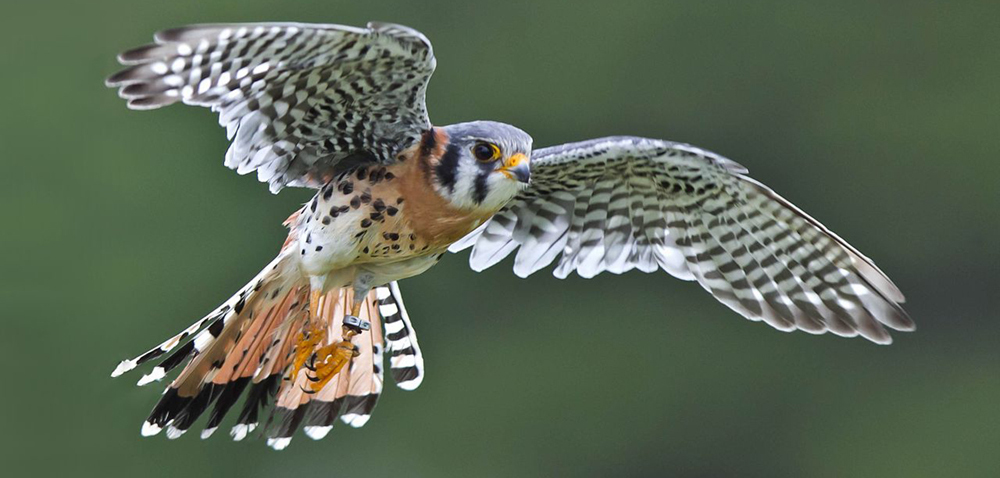Kinematics
7 Introduction to One-Dimensional Kinematics

Motion Is Everywhere—In Nature and in Life
Motion is all around us. Whether it’s a hawk diving for prey, blood circulating through the body, or a leaf drifting to the ground, objects in motion are constantly changing their position in space. Even when you appear to be at rest, the molecules in your body are vibrating, and your organs are in motion—pumping, exchanging, and responding to internal and external forces.
Understanding motion is essential in biology, environmental science, physiology, and many other life sciences. For example:
-
How fast do nutrients move through a plant’s vascular system?
-
What path does a tagged animal follow during seasonal migration?
-
How quickly do pathogens move in a fluid or across a surface?
-
What is the relationship between a bird’s acceleration and the energy it uses in flight?
Even though these questions come from living systems, the physics that describes them is universal.
What Is Kinematics?
In this chapter, we begin our formal study of physics with kinematics, the branch of physics that describes motion without considering its causes. That is, we’ll focus on how objects move—how far they travel, how fast they go, and how their motion changes over time. We won’t yet consider why they move or what causes them to accelerate (that will come in later chapters on forces and Newton’s laws).
The term “kinematics” comes from the Greek word kinesis, meaning motion. It shares roots with words like:
-
Cinema – moving pictures,
-
Kinesiology – the study of human movement,
-
Kinetic energy – the energy of motion.
Why Kinematics Matters to Life Scientists
In biology and life science, motion is essential to processes at all scales:
-
In cell biology, motor proteins transport materials along microtubules inside cells.
-
In ecology, organisms migrate, forage, and disperse through space.
-
In physiology, muscles generate movement through coordinated patterns of acceleration and deceleration.
Being able to describe motion quantitatively helps you understand, model, and predict how biological systems behave. Whether you’re analyzing the jump of a grasshopper, the swimming pattern of a fish, or the fall of a fruit from a tree, kinematics provides the foundation.
One-Dimensional Motion
In this chapter, we’ll start with the simplest form of motion: motion in a straight line, or one-dimensional motion.
Imagine a bird flying in a straight line, a cheetah sprinting across a flat savanna, or a molecule moving through a capillary. These examples, although they may seem complex, can be described using only a single spatial direction—making them ideal for developing your understanding of fundamental concepts like displacement, velocity, and acceleration.
In the second part of this unit (Two-Dimensional Kinematics), we’ll extend these ideas to include motion in more than one direction, such as a cell swimming in a curved path or a projectile traveling through the air.

